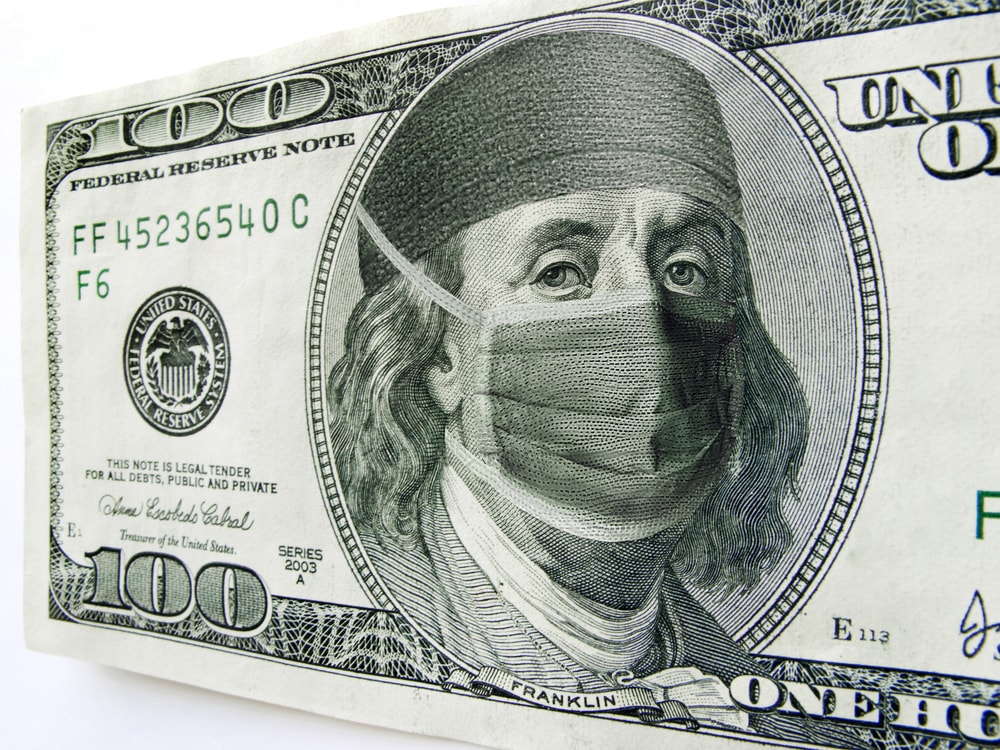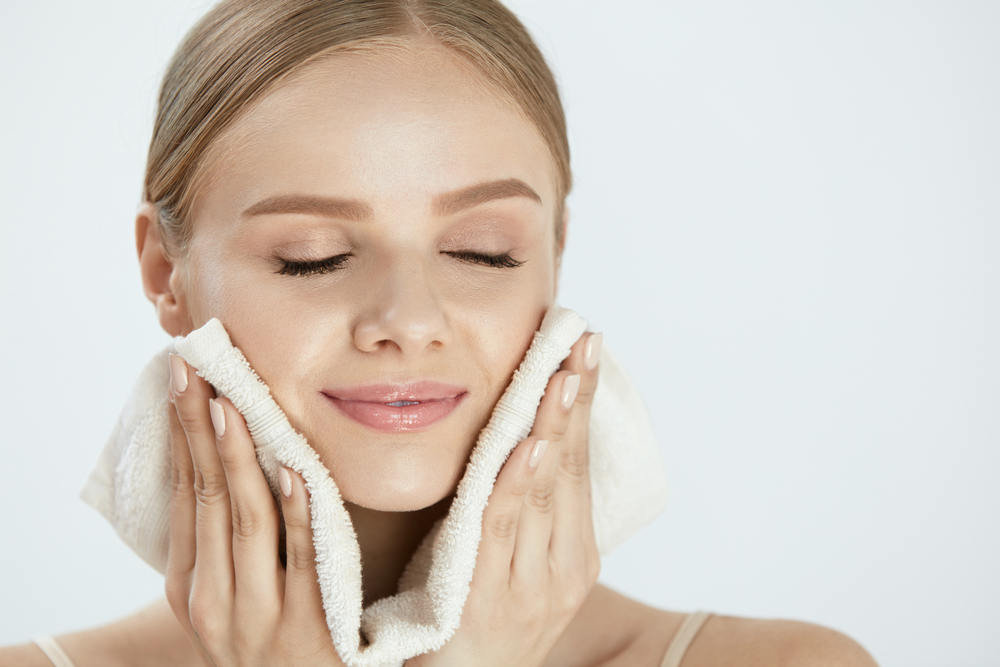Are you preparing for your first tattoo?
Getting a tattoo is fun and exciting (albeit painful). You get to decorate your body with art and words that you’ll keep for a lifetime. But what happens when your session is over and you’re responsible for your own healing process?
Your tattoo artist should give you instructions as to how to keep your tattoo safe and looking great for the foreseeable future, but we’re here to provide some tattoo aftercare tips ahead of time so you can prepare yourself.
Keep reading to learn a few tips about how to avoid a tattoo infection and how to keep your ink looking bright after it heals.
Research Your Artist
The first step in preventing tattoo infection is actually before you get the tattoo at all. Always, do your research.
Check if your tattoo artist has trainings or certifications to handle bloodborne pathogens exposure. A good tattoo artist should have a bloodborne pathogens training and certification. As a tattoo artist they are often exposed to blood and that put them at risk to various bloodborne diseases such as hepatitis B, hepatitis C, HIV and other viruses. Having a BBP training will not only protect themselves but as well as you as the customer for infections.
Feel free to ask about their hygiene standards before you make your appointment. If you visit the shop itself, you’ll be able to see whether or not the space looks clean.
Make sure to read reviews and take note of anything that mentions hygiene. While you do a lot of work when it comes to preventing tattoo infection, the artist is often the key factor.
Don’t Rush It
We get it. It’s exciting to get a new tattoo, and you want to show it off as soon as possible. Also, aftercare is a pain.
You can’t rush the healing process. The more that you try to speed through it, the longer it will take. You need to follow all of the healing instructions for the expected healing period.
Tattoos don’t always heal at the same rate. Small tattoos will heal faster than large ones. Tattoos in areas that get a lot of blood flow may heal more quickly than tattoos that are elsewhere.
You also need to consider whether clothing is rubbing the tattoo or whether you’re using the part of the body often (like hands, for example). These things will also affect your healing time.
Expect a tattoo to take at least 2 weeks to heal.
Ask About Tegaderm
Have you heard of Tegaderm? There are several brands of this burn-relief bandage, but this is the most popular one (though some artists use Saniderm).
This is a newer thing for many tattoo artists, so they won’t all have it. It doesn’t hurt to ask, though.
These bandages look similar to cling wrap, but they adhere to the body (and the tattoo). They trap all of the ink and lymph fluid so that the tattoo stays safe and heals more quickly.
When you use this bandage, you don’t have to clean your tattoo for the first few days and you may have a quicker healing time. When you’re done with it, pull on the top and bottom (up and down, not away from the body) to release the bandage. It’s best to do this in the shower.
After you’re done with your bandage, you should move onto normal aftercare. You may be able to skip the “itching and peeling” period!
Cling Wrap: When to Remove It
If you don’t use Tegaderm or something similar, your artist may instead use plastic wrap to cover your tattoo.
Plastic wrap doesn’t help with the healing process, but it does keep the tattoo safe while you travel back home and it prevents some of the ink, blood, and lymph from escaping for a brief period.
Different artists have different opinions regarding how long you should keep the plastic wrap on your tattoo. Ask them when they wrap it and follow their instructions.
When the wrap is off, you have to rinse the tattoo, pat it dry, and protect it.
Lotions and Oils
So you know that you need to keep your skin soft and hydrated while your tattoo is healing, but what should you use?
There are plenty of tattoo products on the market that are supposed to keep your tattoo in its best possible condition. Some are made by artists.
That said, these aren’t always the best choice. They can be expensive and not all of the ingredients will work for every tattoo or skin type.
You want to use a lotion or oil that doesn’t have any artificial scents. It’s a good idea to use something like Aquaphor (or another healing lotion) that keeps a moist, protective layer over the skin. You can re-apply a wrap after you’re done, but don’t leave it on for too long.
Some people use oils on their tattoos, but if you choose to do this, make sure that they’re clean. Coconut oil is the most popular option, but it can be comedogenic.
Cleaning Your Tattoo
When you have a new tattoo, it’s going to sting. Cleaning it might seem like an unpleasant task, but it’s a necessary one if you want to avoid infection.
When you’re ready to clean your tattoo, you want to use a gentle antimicrobial soap. It shouldn’t have excessive fragrances or strip the skin too much. Avoid anything that dries out your skin or makes it feel tight.
Use warm (but not hot) water to clean the tattoo. You can use a microfiber cloth, but don’t use anything abrasive for the first few days of your healing process. This will hurt your tattoo.
When your tattoo is clean, pat it dry. Then, moisturize and protect the tattoo.
Avoid Submerging the Tattoo
Did you know that you’re supposed to avoid putting your tattoo in water for the duration of its healing period?
Many people make the mistake of going into the ocean or lake after getting a tattoo. They may be on vacation. If you’re getting a tattoo while you’re on a trip, make sure that you wait until your water adventures are over.
Water harbors bacteria. Whether you’re in a pool, lake, ocean, or even your bathtub, you’re risking your tattoo (and you’re health) by getting into the water.
It’s okay to take showers, but don’t do anything beyond that.
Avoid Dirty Conditions
Speaking of exposing your tattoo to bacteria, you want to make sure that you’re not putting your tattoo anywhere that it could get dirty (or that you’re cleaning it right after).
If you go to the gym, make sure that you avoid doing anything that will put your tattoo on the ground or against any equipment. This means that if you’ve just gotten a back tattoo, you’re going to have to avoid all of those machines and using a barbell on your shoulders.
If you go to the gym and you sweat, make sure that you clean the tattoo when you get home. Sweat isn’t always bad for a tattoo, but it might sting and that sweat may contain bacteria from the gym.
You want to avoid sitting on the ground if your tattoo is on your legs or bottom. It’s also best to not go camping with a fresh tattoo.
Don’t Scratch
If you haven’t used a healing bandage (or sometimes even if you have), there will be a brief period in which your tattoo will be peeling and itching. This is often the most frustrating part of the healing process.
Don’t scratch your tattoo.
Scratching your tattoo can damage it. You may need to get a touch-up or you could even cause scarring. Remember, you paid a lot of money for this art, so don’t ruin it.
You may also open yourself up to infection. If you break the skin while you’re scratching your tattoo, even if you don’t notice, bacteria can get into the wound or abrasion, causing an infected tattoo.
When your tattoo itches, put lotion on it. If that’s not enough, pat it with a microfiber cloth (but don’t rub). Try to distract yourself with other things.
Use These Tattoo Aftercare Tips to Avoid Infection
Tattoos and infection don’t have to go together. Most people will never experience an infection from their tattoos!
Use these tattoo aftercare tips and you’ll have a quicker and easier healing process and lower your risk for infection. Remember, the healing process is annoying, but when it’s done, you’ll have that ink for life!









